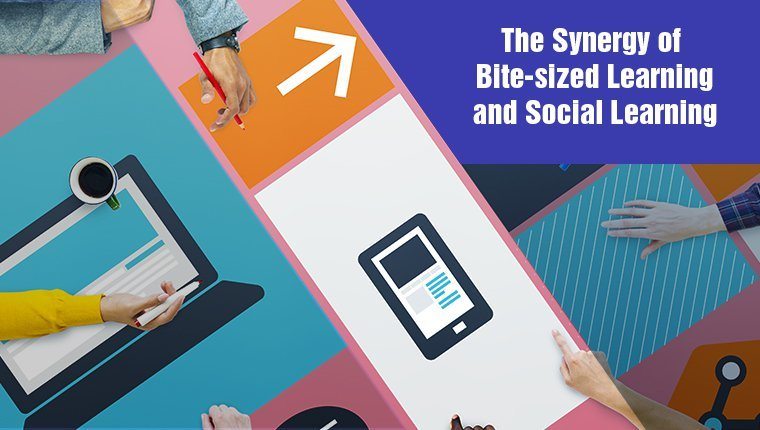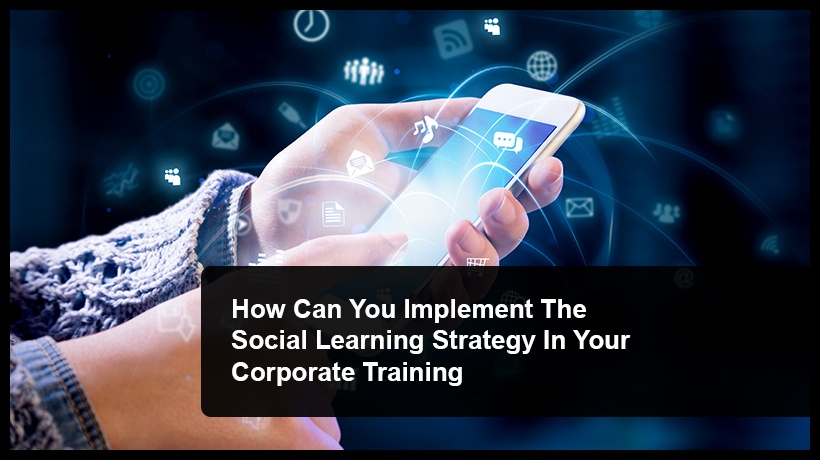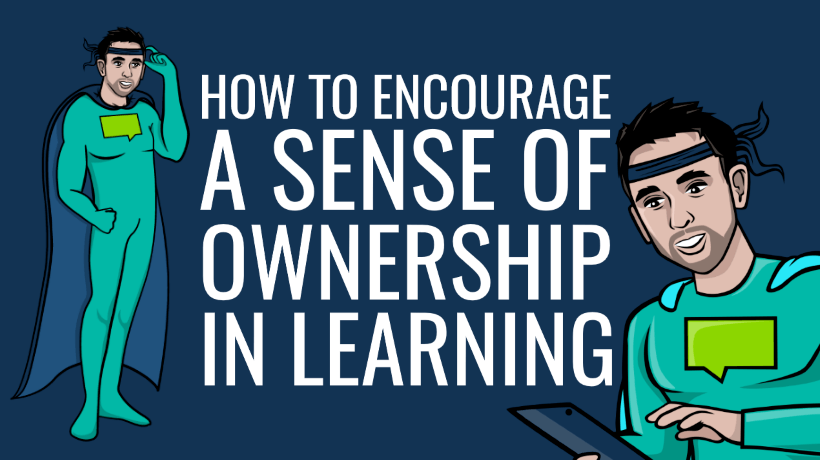Search for...
#Social Learning Bookmarks
Published Bookmarks
 Microlearning With Social Learning: A Powerful Combo
Microlearning With Social Learning: A Powerful Combo
Here is an infographic that explains why the combo of microlearning and social learning works. It also presents the microlearning assets that can be used in social learning.
 Microlearning And Social Learning: Double The Impact
Microlearning And Social Learning: Double The Impact
How will your learners benefit from the combination of microlearning and social learning? This article has the answers, don’t miss it.
 Leveraging The Best Of Social Media In Formal And Informal Corporate Training
Leveraging The Best Of Social Media In Formal And Informal Corporate Training
How can you leverage social media in formal and informal corporate training programs? This blog can give you a few pointers.
 Time To Engage The Remote Workforce! Tap Into The Power Of Social Learning
Time To Engage The Remote Workforce! Tap Into The Power Of Social Learning
Social learning is about how people learn by observing, imitating, and modeling others. In this blog, we will see how we can tap into the power of social learning to reach the remote workforce.
 5 Common Social Learning Myths In Corporate Training Busted
5 Common Social Learning Myths In Corporate Training Busted
What are the myths associated with social learning in corporate training? Busting these myths for you.
 How Can Edtech Address Evolving School And Workforce Needs?
How Can Edtech Address Evolving School And Workforce Needs?
The education-to-employment gap can be proactively addressed throughout K–20 education by purposefully designed education technologies.
 Social Learning in Online Learning – 4 Ways to Get it Right
Social Learning in Online Learning – 4 Ways to Get it Right
What is social learning? Is it possible to include it in online learning? Here are four ways you can include social learning in eLearning.
 Infographic on 4 Key Benefits of Social Learning at the Workplace
Infographic on 4 Key Benefits of Social Learning at the Workplace
These 4 benefits will help organizations realize the impact that Social Learning in online training can have on learners as well as organizations.
 5 Steps To Implement The Social Learning Strategy In Your Corporate Training
5 Steps To Implement The Social Learning Strategy In Your Corporate Training
This article outlines how can you can implement social learning and use strategies to maximize the impact of your corporate training.
 4 Ways To Encourage A Sense Of Ownership In Learning - eLearning Industry
4 Ways To Encourage A Sense Of Ownership In Learning - eLearning Industry
f you really want your training to have a massive impact, the learners need to feel invested in it. Here are a few ways to put your learners in control of their own progression.
Submit Bookmark




